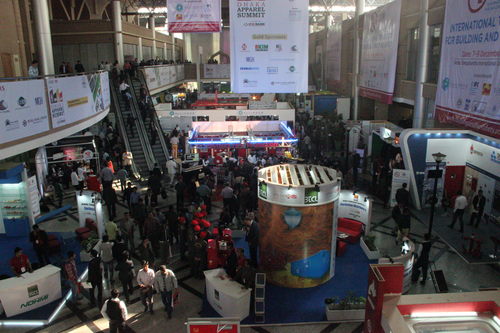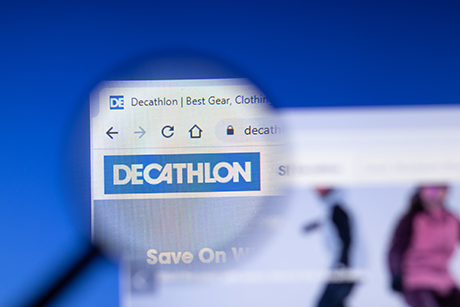Subcontracting in the Supply Chain

April 7, 2015

In December 2014 the Bangladesh Garment Manufacturers Export Association (BGMEA) hosted a summit focused on safety and sustainability in the garment industry. Coming less than two years after the collapse of Rana Plaza, the recognition by garment manufacturers of the importance of worker safety to the long-term success of the industry was heartening.
Numerous speakers referred to the practice of indirect sourcing—where Bangladeshi manufacturers subcontract production to smaller, unregistered factories—as a threat to worker safety. The Center’s April 2014 report, “Business as Usual is Not an Option,” identified indirect sourcing as a challenge to the long-term sustainability of the garment industry. It is a positive development that some industry leaders want to tackle indirect sourcing as part of an effort to place the industry on a more sustainable footing.
A significant number of Western brands and retailers formally ban what they term “unauthorized subcontracting.” They assert that by policing the operations of their principal suppliers in authorized factories they will significantly improve working conditions in their supply chains and avoid a repeat of Rana Plaza. In reality, virtually all of these global brands and retailers are the beneficiaries of a system in which subcontracting is central to the very inexpensive business model of production. Without subcontracting these companies simply could not manufacture the volume of products they are getting from Bangladesh at the price in which they are purchasing these products. Thus eliminating these subcontracting relationships is neither economically feasible nor desirable.
 Global Labor
Global Labor


